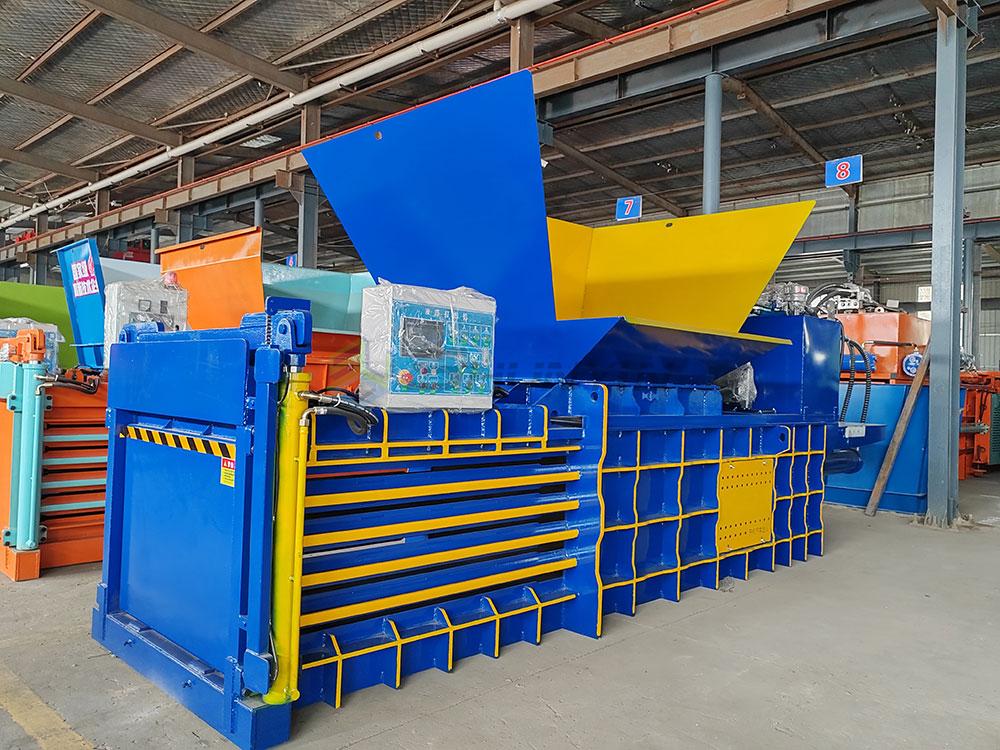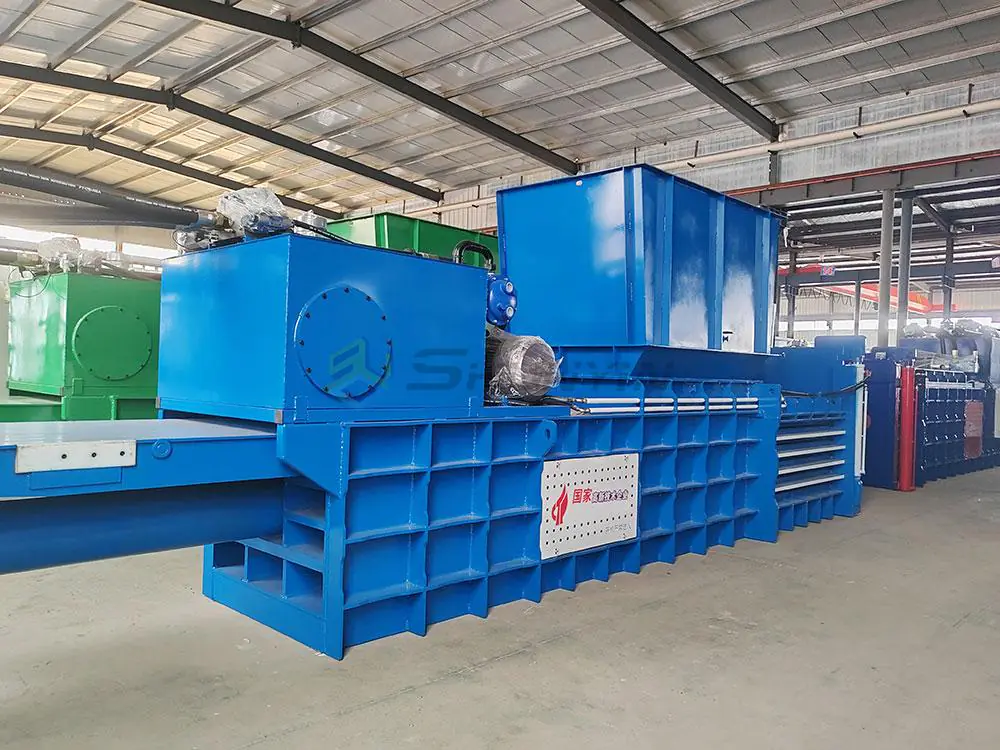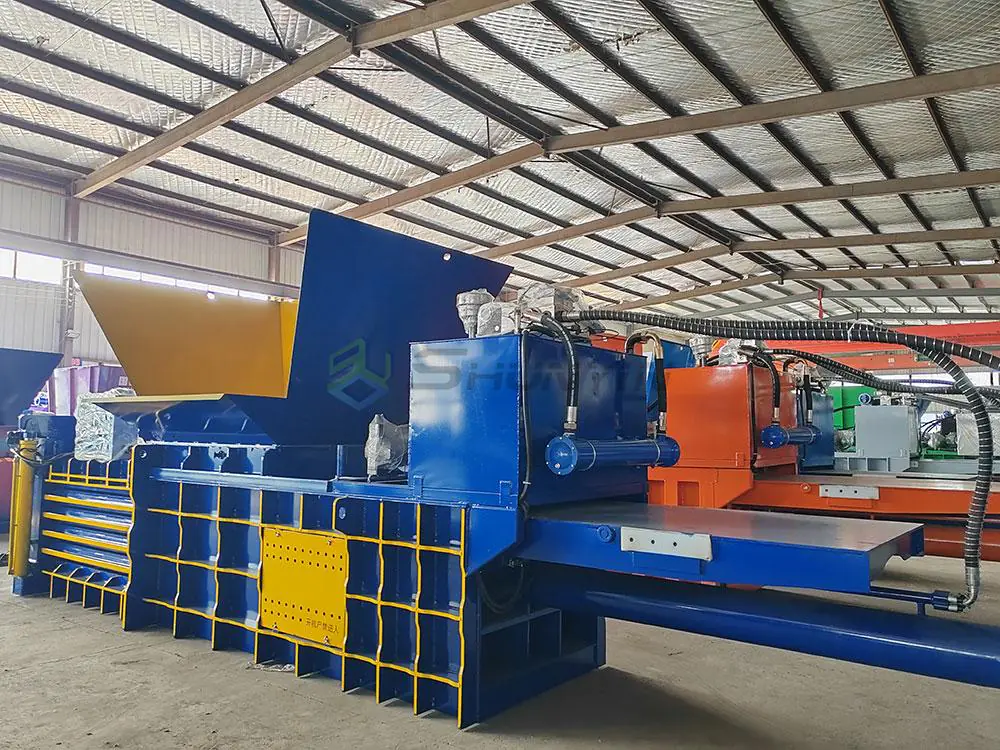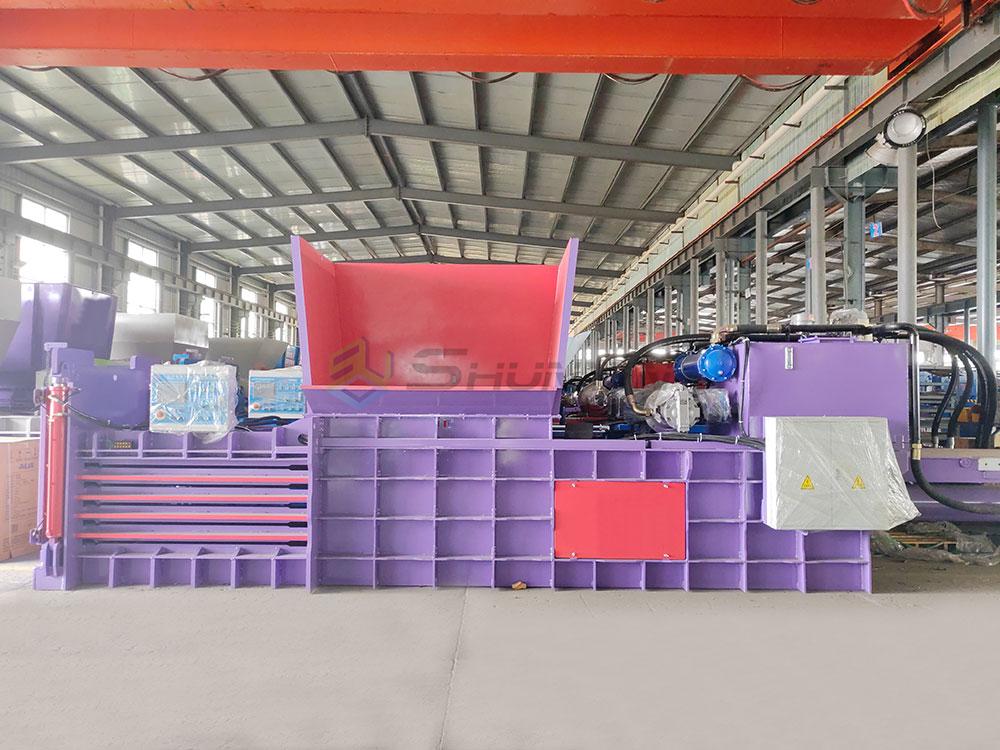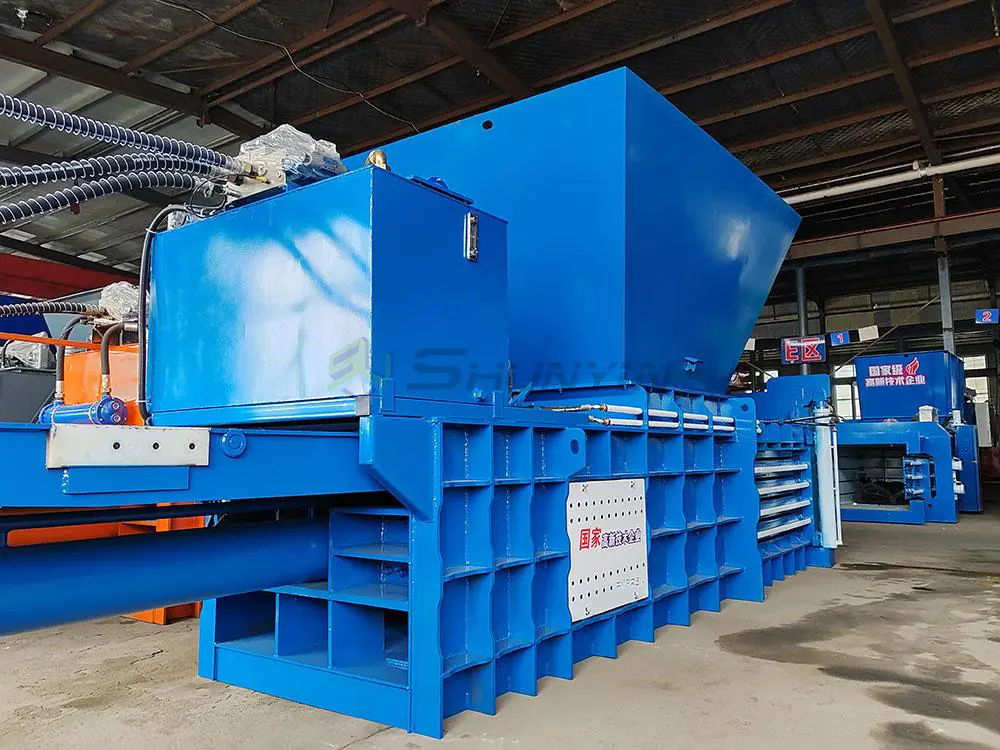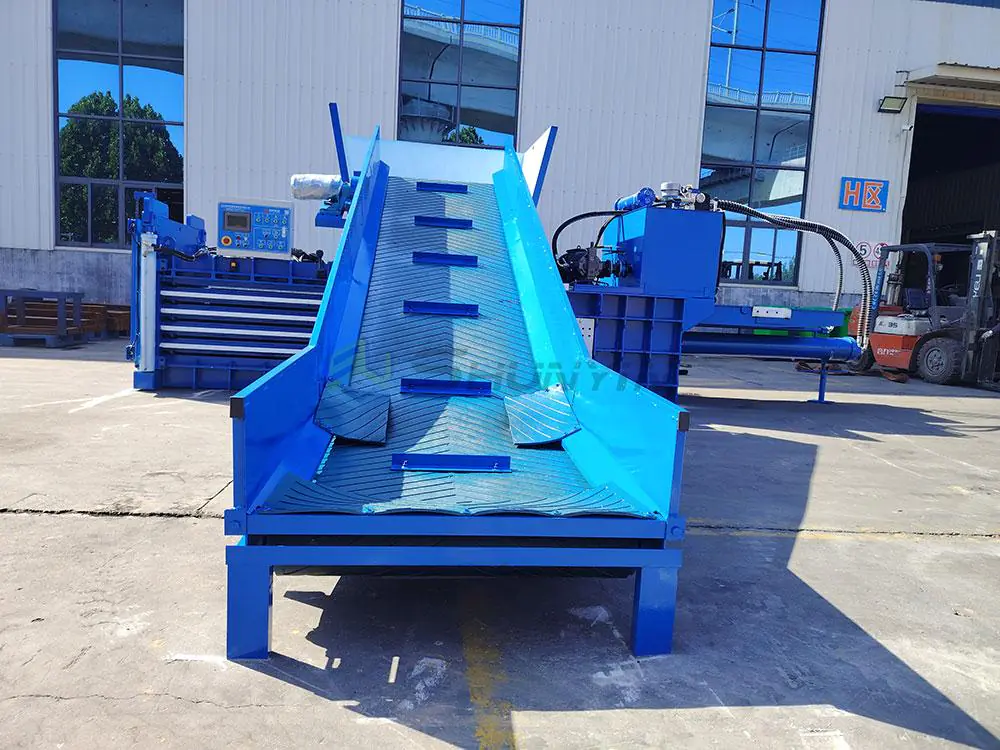Struggling with storage costs? Material overflowing? Proper baling turns waste streams into revenue instantly.
Vertical and horizontal balers compress recyclables into transport-ready bales, reducing volume by 90% while creating new income streams – vertical units excel in tight spaces, horizontal systems dominate high-volume facilities for maximum profitability.

Lambert tripled his recycling revenue after switching baler types. Discover how this transformation happens daily.
What are the benefits of balers?
Losing money on storage? Singapore facilities regained 40% warehouse space overnight with proper compaction.
Balers generate revenue through material densification, cut logistics costs by 80%, improve workplace safety, enhance recycling rates, create uniform bales for premium pricing, and reduce landfill fees through optimal volume reduction across all waste streams.
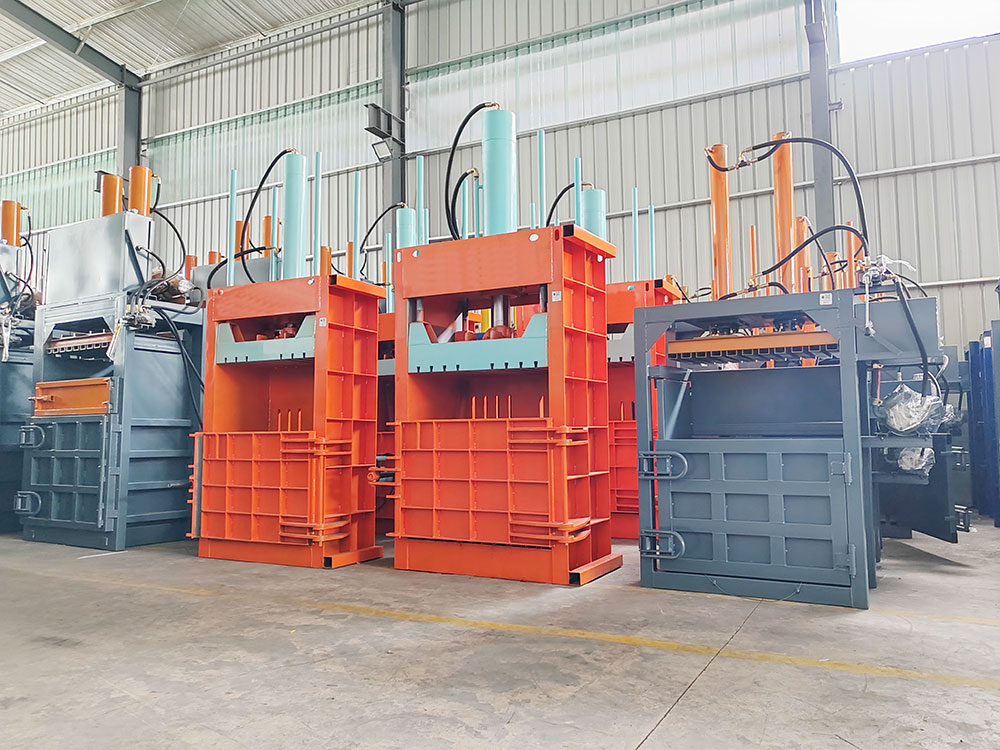
Financial impact analysis
Japanese recyclers increased profits 70% last quarter by optimizing three areas.
Monetary benefits by category
| Benefit | Typical Saving | Payback Period | Application |
|---|---|---|---|
| Transport Cost | $5,600/truck | Immediate | Horizontal high-volume |
| Storage Space | $8-$22/sq.ft | <6 months | Vertical space-saving |
| Material Recovery | 10-30% value | Continuous | Cardboard & plastics |
| Labor Efficiency | 3 hours/day | First month | Horizontal automation |
Lambert recovered investment in 8 months. Calculate your ROI
Beyond financial advantages
- Safety improvement: Eliminates loose waste piles
- Environmental compliance: Achieves recycling targets
- Brand enhancement: Certified green operations
Our units include emissions reporting. Request compliance guide
What does a recycling baler do?
Skeptical about equipment ROI? Canadian users earned $15K monthly reselling waste after installation.
Recycling balers compress loose materials into dense, stackable blocks using hydraulic pressure, enabling efficient transport and storage while transforming waste into tradable commodities at material recovery facilities and scrap yards.

Volume reduction science
North American plants consistently achieve 90% compaction ratios.
Densification performance by material
| Material | Starting Volume | Compacted Volume | Density Increase |
|---|---|---|---|
| Cardboard | 100 cubic ft | 1 bale (5 cu ft) | 20:1 reduction |
| Plastic Film | 25 cubic ft | 1 bale (3 cu ft) | 8:1 reduction |
| Aluminum Cans | 330 gallon | 30"x48" bale | 14:1 reduction |
| Textiles | 200 lbs loose | 1,100 lb bale | 700% weight gain |
Lambert added revenue streams effortlessly. Watch demonstration
Three transformational impacts
- Logistics efficiency: 5x more material per truck
- Storage optimization: 600 bales vs 10,000 boxes
- Material value: Uniform bales earn premium prices
Our SY Series maximizes all three. Compare models
What is a horizontal baler?
Limited by stop-start vertical cycles? Tokyo facilities increased throughput 300% with tunnel systems.
Horizontal balers compress recyclables using hydraulic rams moving sideways through elongated chambers, enabling continuous loading, higher processing speeds (1.5-3 tons/hour), and larger capacity bales ideal for industrial recycling operations.

Operational superiority confirmed
Singapore warehouses cut processing time 65% after upgrading.
Throughput comparison vertical vs horizontal
| Metric | Vertical Baler | Horizontal Baler | Gain |
|---|---|---|---|
| Tons processed/day | 2-8 tons | 15-40 tons | +400% |
| Workers required | 1 per cycle | 1 per shift | -85% staffing |
| Output per hour | 0.5 ton | 2.25 tons | 350% increase |
| Bale consistency | ±10% density | ±3% density | Precision upgrade |
Lambert reduced staffing costs by $5,000/month. See labor savings
Automation features
- Conveyor integration: Eliminates manual loading
- Auto-tie systems: Consistent bale sizing
- Pressure sensors: Optimizes compaction cycles
Our flagship models include all three. Request features sheet
What are the benefits of baling cardboard?
Missing premium prices? Japanese distributors increased cardboard value 70% with proper compaction.
Baled cardboard commands $85-$120/ton versus $15/ton loose, reduces fire risks, cuts shipping frequency, creates cleaner sorting streams, provides stable storage, and allows direct access to premium recycling markets without middlemen.

Material value transformation
Canadian retailers earned $20K monthly selling their own waste.
Cardboard profitability model
| Processing Stage | Loose Value | Baled Value | Profit Gain |
|---|---|---|---|
| Supermarket | Disposal cost ($5/cubic yd) | $45-$65/ton | Revenue conversion |
| Distribution Center | $25/ton | $85-$100/ton | 225% increase |
| Recycling Center | $60/ton | $120/ton | Market premium |
| Export Quality | Rejected | $145-$170/ton | Top-tier pricing |
Lambert sells to mills directly now. Get mill specifications
Four critical advantages
- Fire prevention: Eliminates oxygen pockets
- Moisture resistance: Protects fiber quality
- Reduced contamination: Clean bales
- Space optimization: 30:1 storage reduction
Our SY-Card series maximizes all four. View case studies
Conclusion
Vertical balers optimize space while horizontal systems maximize throughput – both transform waste storage headaches into new revenue streams through efficient material compaction and premium bale sales.


